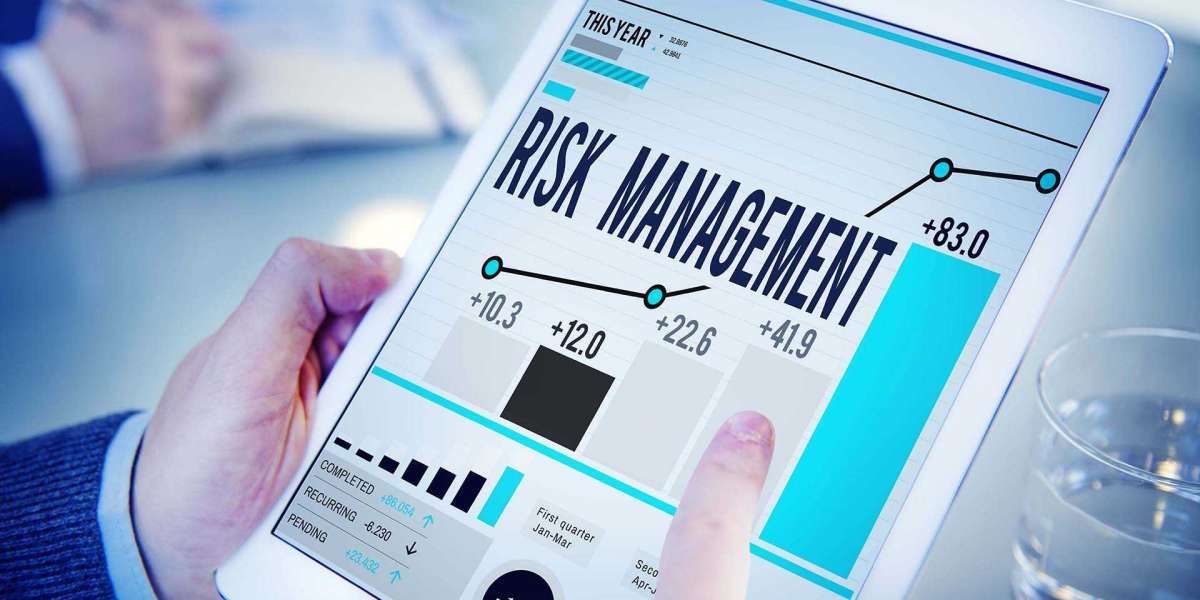In today’s interconnected world, the supply chain has become a lifeline for businesses across industries. But with complexity comes vulnerability. Disruptions—from geopolitical tensions to natural disasters and cyberattacks—can paralyze entire operations. That’s where AI in supply chain risk mitigation plays a crucial role, offering predictive insights, real-time visibility, and robust control mechanisms.
Why Traditional Risk Management Falls Short
Traditional supply chain risk management relies heavily on historical data, manual monitoring, and reactive strategies. These methods may have worked in the past, but they are ill-equipped to deal with the dynamic, globalized challenges of today. The lag in identifying threats often results in delayed responses, increased costs, and lost trust.
AI in Supply Chain Risk Mitigation: A Proactive Approach
AI in supply chain risk mitigation transforms risk management from reactive to proactive. By continuously analyzing massive datasets—ranging from market trends and weather patterns to supplier performance and logistics routes—AI can detect anomalies and predict potential disruptions before they occur.
Key Capabilities:
Real-Time Monitoring: AI systems track inventory, shipments, and suppliers in real time, enabling quick decisions when irregularities arise.
Predictive Analytics: Machine learning models analyze past disruptions and current indicators to forecast risks like stockouts, supplier failure, or delivery delays.
Scenario Planning: AI helps simulate “what-if” scenarios so companies can prepare contingency plans for different types of risk.
Supplier Risk Assessment: AI evaluates supplier performance using data from various sources, including financial health, delivery history, and geopolitical factors.
Automated Responses: Some AI systems can trigger alerts or reroute shipments automatically, reducing delays and losses.
Human and AI Collaboration
While AI in supply chain risk mitigation enhances visibility and speed, it works best in tandem with human expertise. AI handles large-scale analysis and pattern recognition, while human decision-makers provide the strategic context needed to act on insights effectively.
Industry Applications
Retail: Major retailers use AI to monitor supply chain fluctuations and avoid overstock or shortages.
Pharma: In pharmaceuticals, AI ensures compliance and tracks environmental risks during shipping.
Manufacturing: AI helps predict demand changes and prevents production disruptions.
Looking Ahead
The role of AI in supply chain risk mitigation is only growing. With the integration of generative AI and real-time automation, supply chains are becoming smarter, faster, and more resilient.
Conclusion
In a world of constant change, AI in supply chain risk mitigation stands as a reliable guardian. It empowers businesses to identify, prevent, and manage risks effectively. Adopting AI-driven strategies not only strengthens operational resilience but also positions companies ahead in an increasingly competitive landscape.



